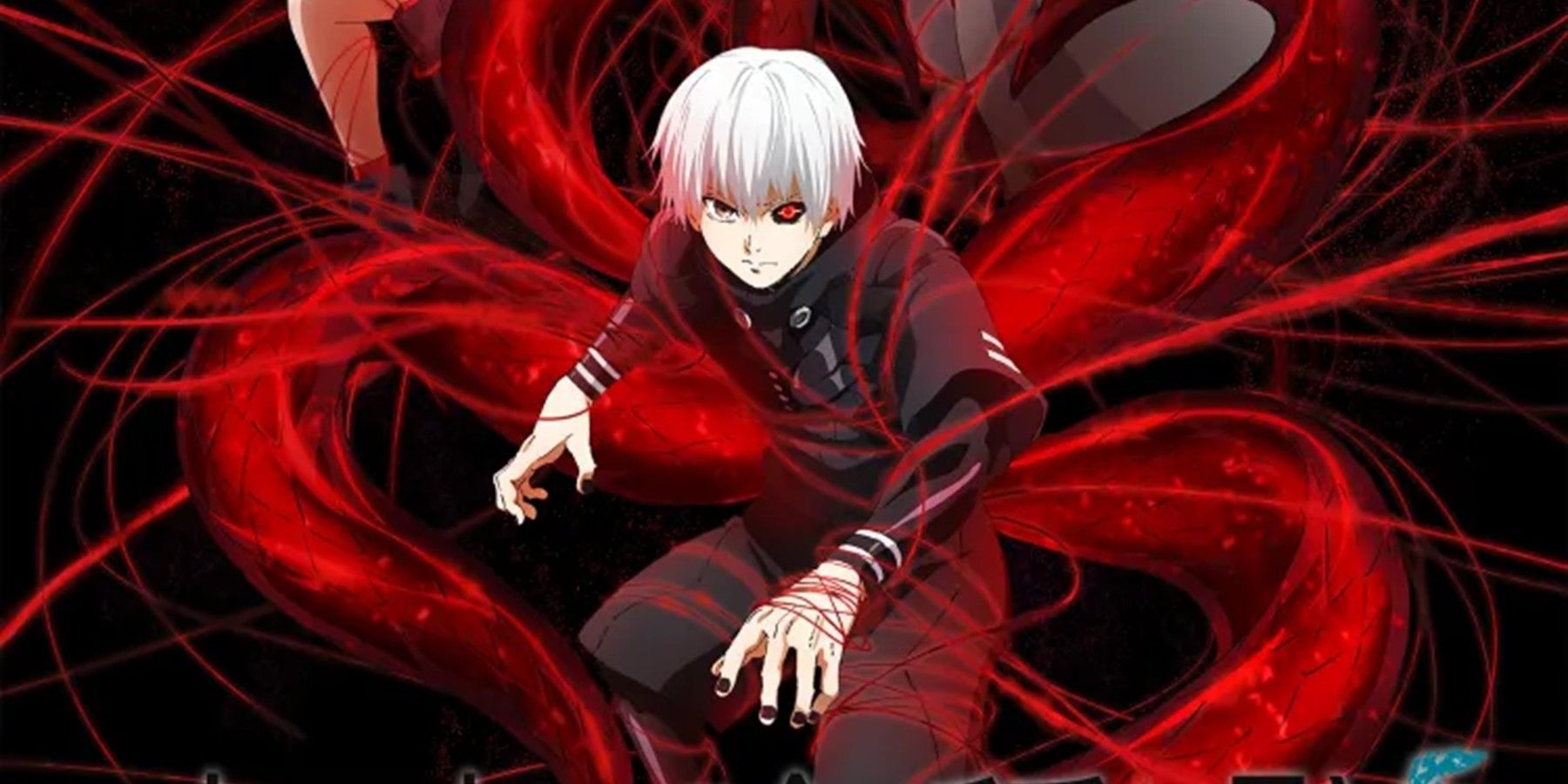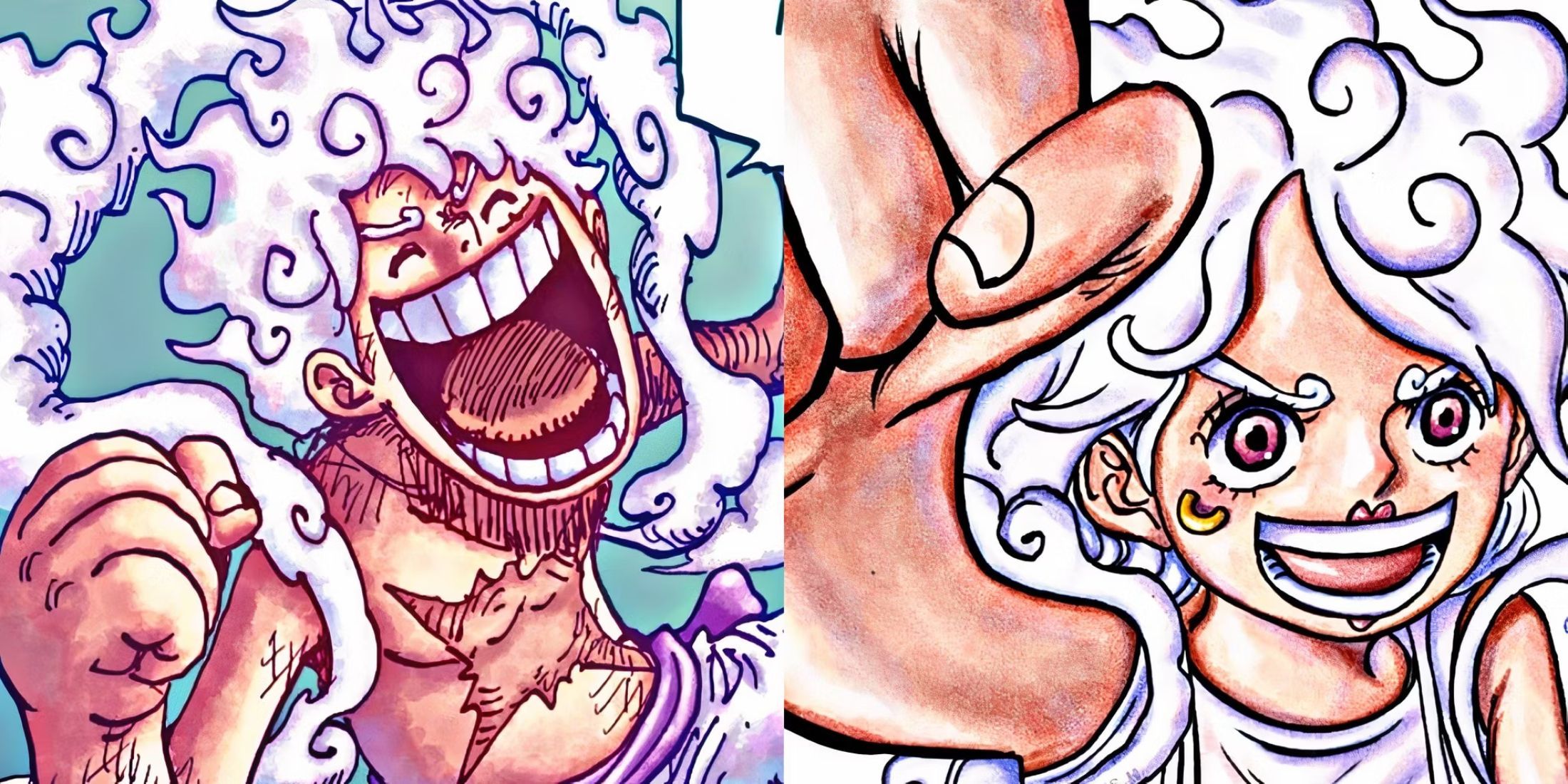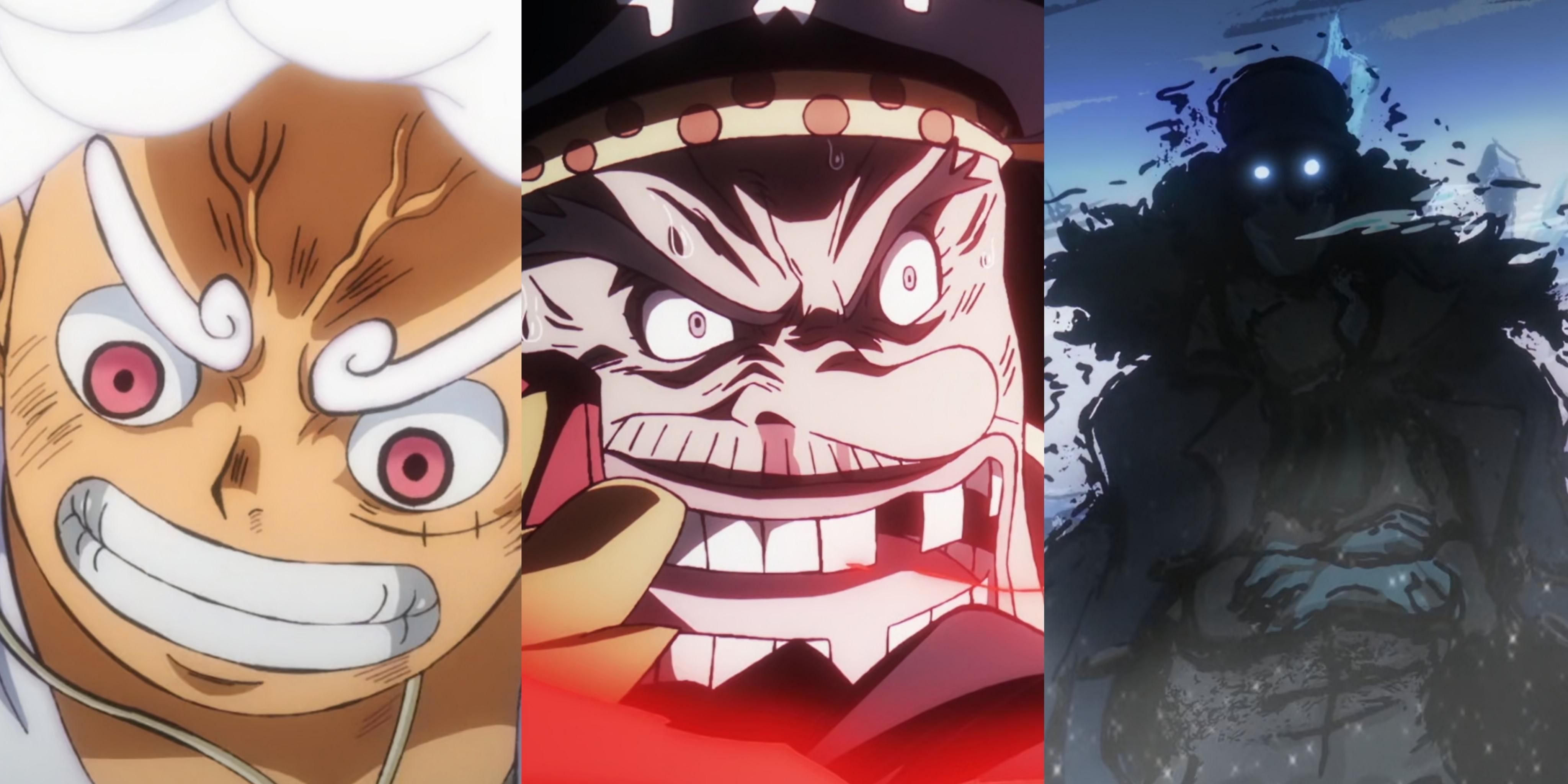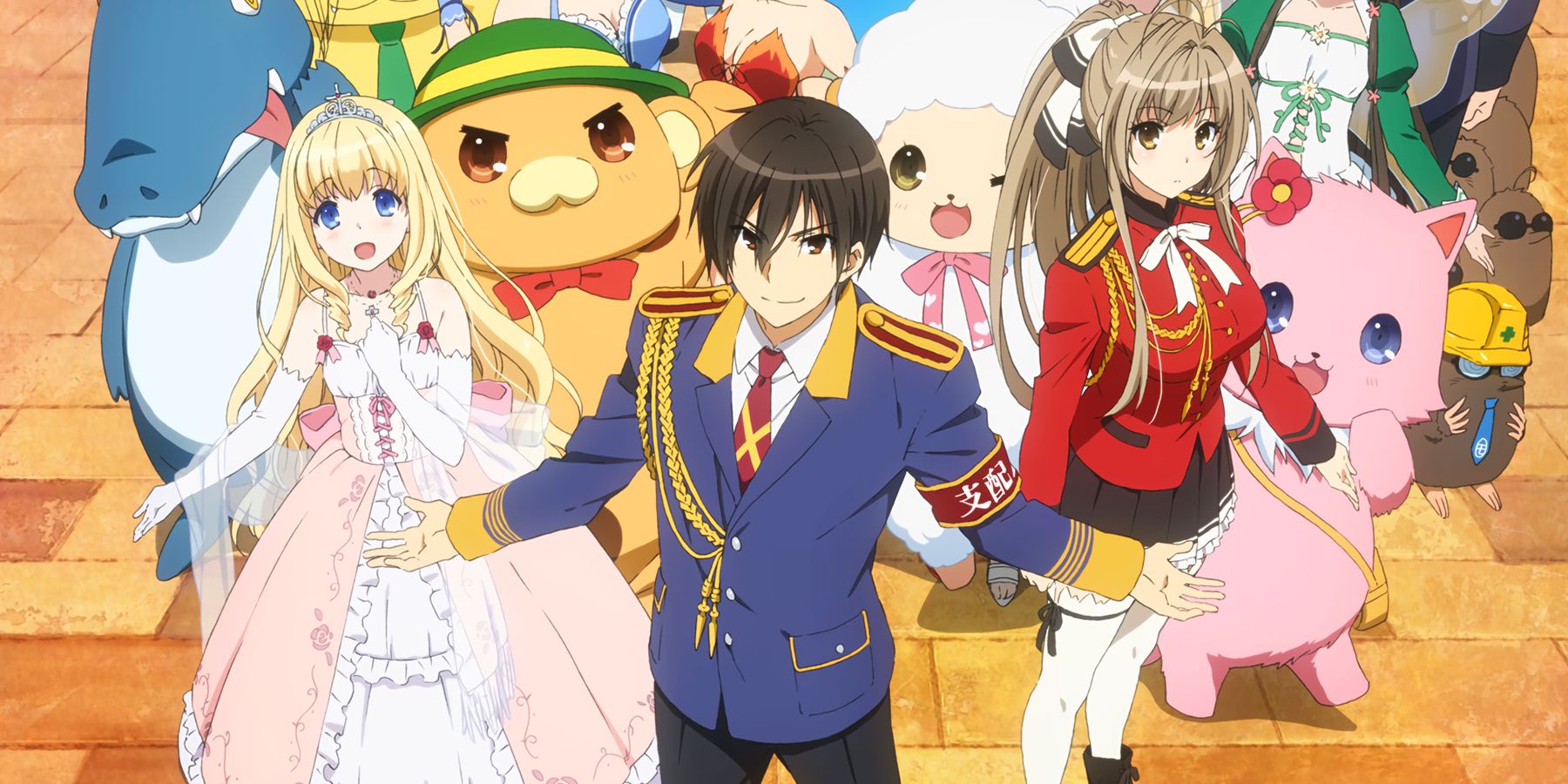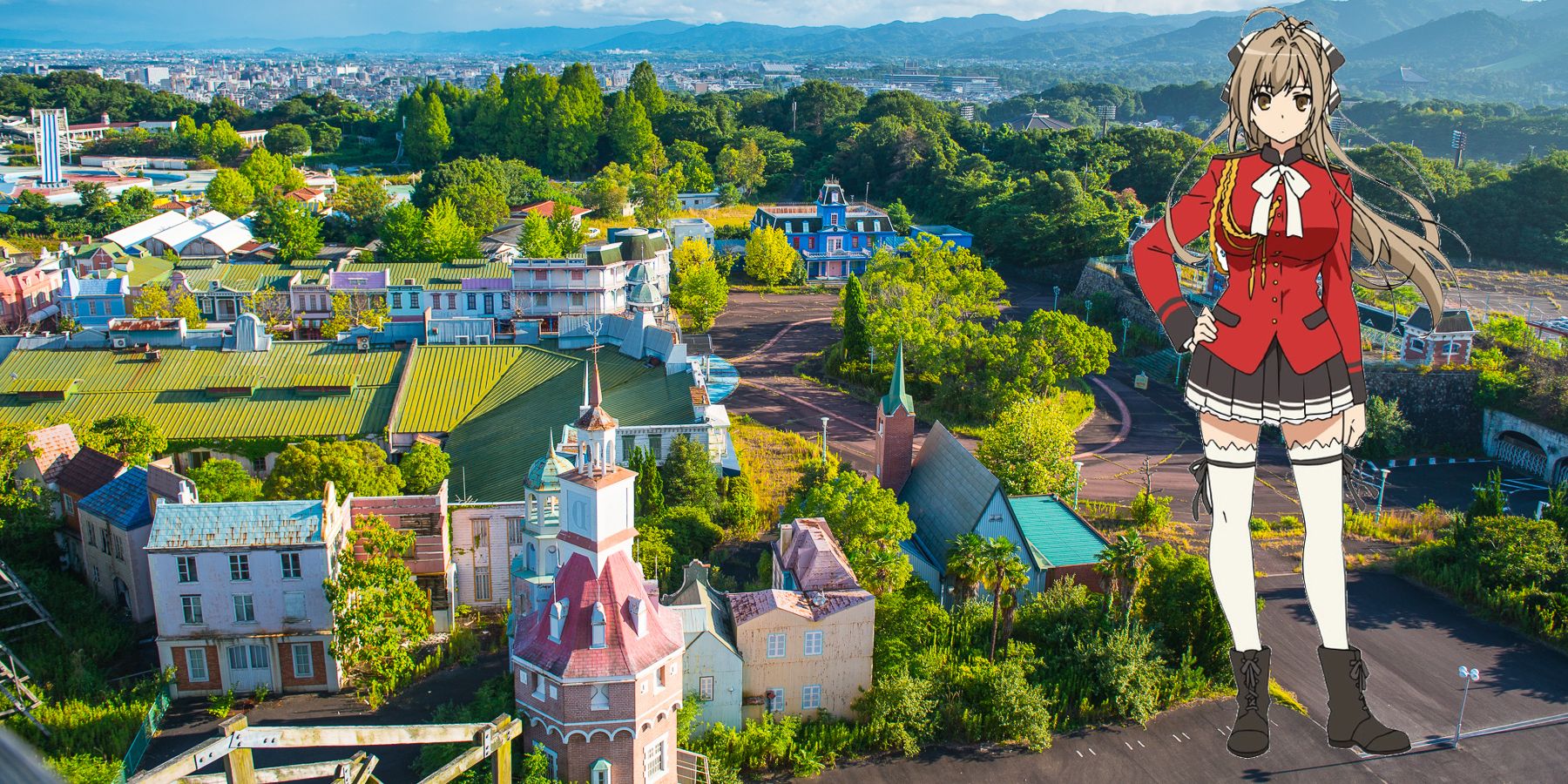During the Fall 2014 anime season, Kyoto Animation released Amagi Brilliant Park, an adaptation of Shouji Gatou’s light novel of the same name. Despite running for only a single 13-episode season, Amagi Brilliant Park has remained a fan favorite among anime enthusiasts due to its memorable characters, Kyoto Animation’s signature visual prowess, and strong comedic elements. Keen-eyed observers might notice prominent references to Mr. Gatou’s other title, Full Metal Panic!. However, is that the only call-back within the series?
To summarize, Amagi Brilliant Park tells the story of the titular amusement park, once a popular tourist attraction, facing financial ruin. With poor attendance numbers and after years of poor management, the facility – which is actually an elaborate front for the citizens of the magical Maple Land to harvest “fun energy” – is weeks away from closing its doors. To save their home, the residents of Amagi Brilliant Park, the Maplelanders, seek out former child star and genius Seiya Kanie to fix their situation. Although his personality and unconventional tactics often conflict with veteran staffers, Seiya slowly starts to turn things around, and for the first time in a long time, Amagi Brilliant Park sees a shimmer of hope.
The Real Amagi Brilliant Park
Disregarding fantastical beings from another world and a narcissistic teenager turned business manager, the tale of Amagi Brilliant Park appears to share a history with an actual Japanese theme park – Nara Dreamland.
In the 1950s, Kanizo Matsuo, president of the Matsuo Entertainment Company, took a trip to Los Angeles and visited the city’s newest theme park. Impressed with the site’s detail, quality, and theming, Mr. Matsuo sought an audience with the park’s owner to discuss bringing the same concept to Japan’s ancient capital of Nara. That owner, Walt Disney, was excited at the prospect of opening his ultimate entertainment vision, Disneyland, overseas. A preliminary deal was struck, and construction of Nara Disneyland, a planned near-carbon copy of the California location, was underway. However, Matsuo and Disney had a falling out, and the latter would leave the project. Undeterred, Mr. Matsuo renamed his park Nara Dreamland, which would open to the public on July 1, 1961.
Mr. Matsuo’s idea was an instant hit, and Nara Dreamland served as one of Japan’s premier amusement destinations for the next two decades. After all, it was the closest thing the country had to a “proper” Disney experience. Of course, that was until April 15, 1983, when Matsuo and Disney’s original vision came to fruition with the opening of Tokyo Disneyland. From that day, it wasn’t long until Nara Dreamland began its decline.
The slump Nara Dreamland found itself in mirrors the condition of Amagi Brilliant Park seen in episode one of the anime. With low attendance numbers, both parks’ attractions fell into disrepair. That, mixed with a failure to bring about fresh innovations, led to the loss of prestige for the two sites.
The Similarities
Aside from their financial states, Nara Dreamland and Amagi Brilliant Park also share many superficial traits. The two contain various themed areas – such as a water world, a fountain-centric main plaza, and character stage shows - but the focal point of the parks is a large fantasy castle. In fact, the guide maps for the two sites illustrate they contain many of the same characteristics. But perhaps most notably, the uniforms of Nara Dreamland’s mascots, Dori-chan and Ran-chan, have a stark familiarity with Amgai Brilliant Park’s female protagonist, Isuzu Sento’s, primary outfit.
Additionally, Amagi Brilliant Park’s author, Shouji Gatou, is from Shiga Prefecture, which borders Nara Prefecture. Although it is unclear if Mr. Gatou (born in 1971) visited the park in its heyday, remember, Nara Dreamland was one of Japan’s most popular amusement destinations during the sixties and seventies. Therefore, it does seem likely that some influence – be it conscious or not – could have played a role during the penning of the light novels.
Then again, it is also possible the similarities between Nara Dreamland and Amagi Brilliant Park (the location) are purely coincidental. Perhaps the two appear to be alike because Amagi Brilliant Park (the anime) is about an outwardly generic amusement park that couldn’t keep up with the times. Except that factor alone is the most prominent element that connects the two locations. The failure of the parks to grow with their customers brought the once giants to the brink. Sadly, the ultimate result of their respective predicaments is where the stories of Nara Dreamland and the series diverge.
The final episode of Amagi Brilliant Park ended on a note of hope, not to mention a foundation for a second season that has yet to, and most likely never will, manifest – a story for another time. However, the same optimistic fate would not befall Nara Dreamland. On August 31, 2006, after 45 years of operation, the once iconic park, the place that was meant to be Japan’s first Disneyland, closed its gates for good. To add insult to injury, the location sat abandoned for another ten years before it was finally demolished in 2017.

